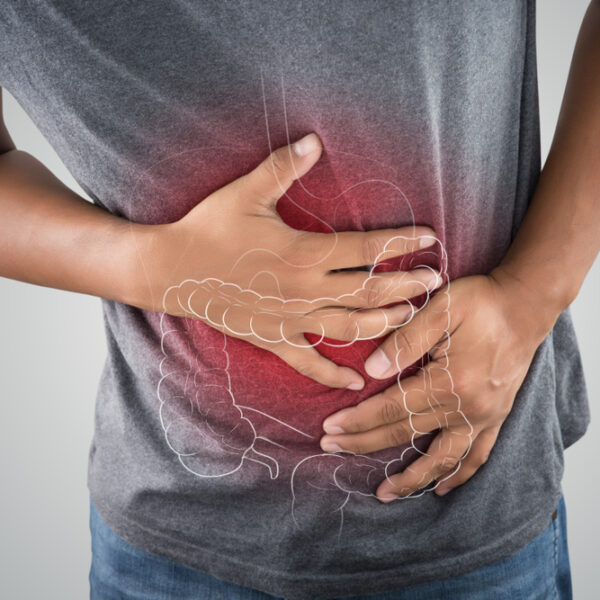
Signs and symptoms of Ovarian Cancer
While there are many kinds of cancers that both men and women may suffer from, there are certain forms of this disease that may specifically affect the reproductive organs of either the male or the female patient. Ovarian cancer is one such kind of cancer that only women suffer from and it refers to the cancer that spreads through the ovaries of the patient.
Read More 









